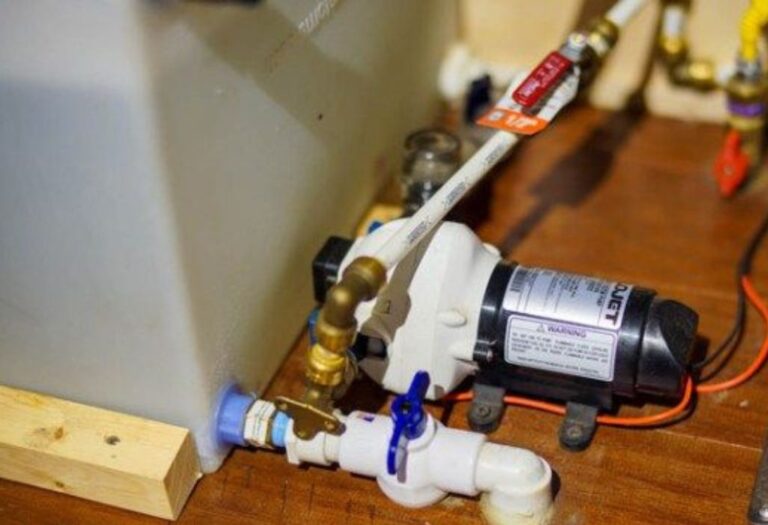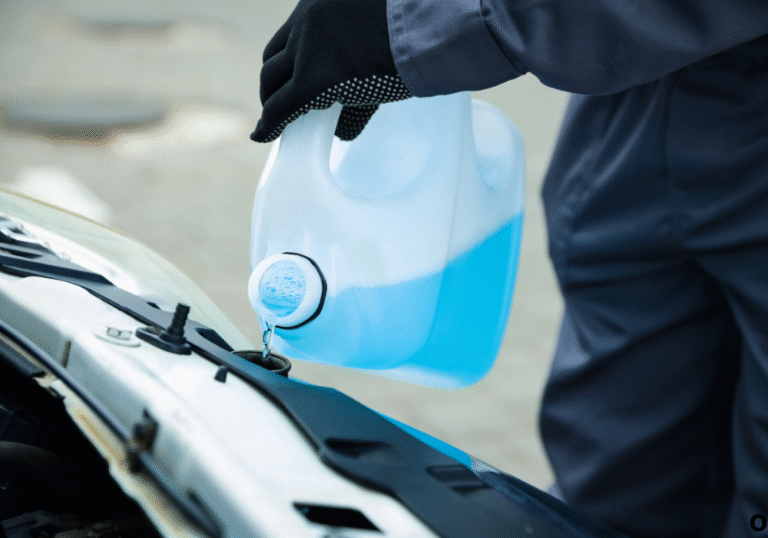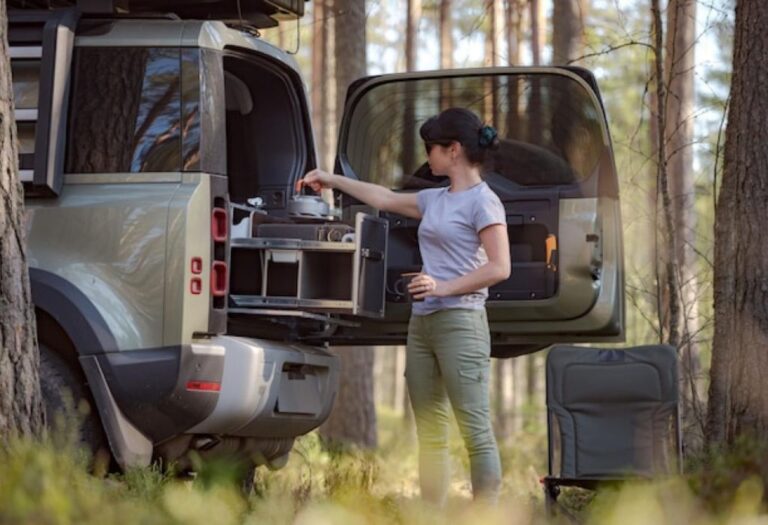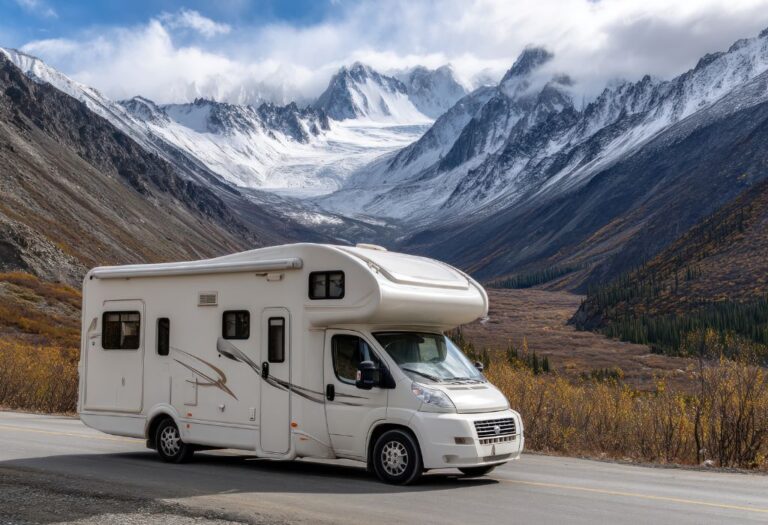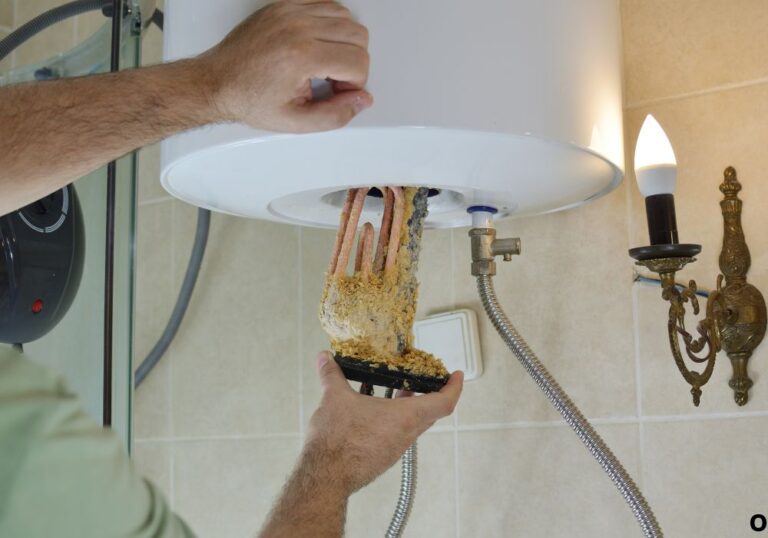How Long for an RV Water Pump to Build Pressure?
Imagine stepping into your RV after a long day on the road, turning on the faucet, and waiting for water to flow.
Instead of an instant stream, there’s only silence as the pump struggles to build pressure. Those few seconds of delay can leave you wondering: is this normal, or a sign of trouble?
An RV water pump is designed to deliver consistent pressure for sinks, showers, and appliances. In most cases, it should build pressure within seconds once switched on.
But factors like air in the lines, leaks, or a failing pump can stretch that time, leaving travelers frustrated and uncertain.
The reliability of water pressure isn’t just about comfort—it’s about function. Studies show that RV ownership in the U.S. has reached over 11 million households (RVIA), highlighting how critical these systems are for modern road travel.
With so many relying on pumps daily, understanding their performance is essential.
Curiosity often grows when water pressure doesn’t behave as expected. Should you be concerned if it takes longer than usual?
How long should it really take for a pump to reach full pressure? And what steps can you take if yours seems sluggish?
This guide explains how long it takes for an RV water pump to build pressure, what affects that timing, and how to troubleshoot common issues.
Whether you’re new to RV life or a seasoned traveler, knowing what’s normal—and when to act—will help keep your adventures smooth and stress-free.
Understanding How an RV Water Pump Works
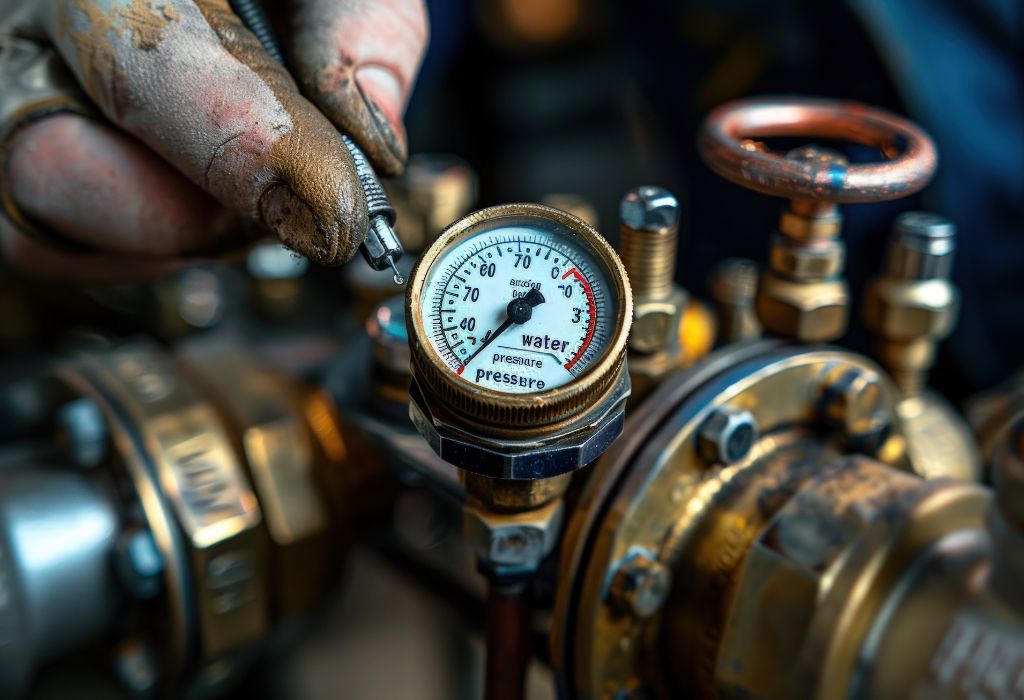
An RV water pump is a small but powerful device that draws water from the fresh water tank and pushes it through pipes to faucets, showers, and appliances. It maintains a steady pressure so that water flows on demand.
Most RVs use a 12-volt diaphragm pump that creates pressure by rapidly pulsating. When you open a faucet, the pressure drops, triggering the pump to turn on. Once the faucet closes, the pump quickly restores pressure and shuts off.
Knowing this cycle is key to understanding build times. A healthy pump should pressurize the system within a few seconds. If it doesn’t, it could indicate air, leaks, or mechanical wear.
How long should an RV water pump take to build pressure?
Typically 3–5 seconds under normal conditions.
Does the pump run continuously?
No, it stops once pressure is restored unless there’s a leak or problem.
Is it normal for pressure to fluctuate slightly?
Yes, small variations are normal, but long delays suggest an issue.
Do all RV pumps have the same build time?
Not exactly—higher capacity models may pressurize faster.
Normal Build Time for RV Water Pumps
For most RVs, the pump should build pressure in 3 to 5 seconds after activation. This timing allows the system to equalize and ensures water is ready at the faucet.
If the pump is new, clean, and the system is sealed properly, the pressurization is almost immediate. Some high-end pumps with advanced sensors respond in under 2 seconds.
However, older pumps, long water lines, or multiple fixtures may add a slight delay. Beyond 10 seconds, something may be wrong.
How long for an RV water pump to build pressure normally?
3–5 seconds is considered standard.
What if it takes 10–15 seconds?
That may indicate air in the line or a minor leak.
Is instant pressure possible?
Yes, if the pump and plumbing are in excellent condition.
Does water temperature affect pressurization?
Not directly, but cold water can stiffen seals slightly.
Factors That Affect Build Time
Several conditions influence how long your RV water pump takes to build pressure. These include plumbing layout, water tank level, and pump condition.
Air trapped in the lines is one of the most common issues. When air pockets exist, the pump takes longer to pressurize because it must purge the system first.
Leaks in fittings or hoses can also extend build time since pressure constantly escapes. Worn pump diaphragms, clogged filters, or improper voltage may further delay response.
What causes slow pressure build-up?
Air in the lines, leaks, or worn pump parts.
Does tank level matter?
Yes, a low tank can cause the pump to suck air.
Can electrical issues affect pump speed?
Yes, weak batteries reduce motor efficiency.
Do clogs impact pressurization?
Absolutely—dirty strainers or filters slow the pump.
Troubleshooting Delays in Water Pressure
When your pump takes longer than usual, systematic troubleshooting can reveal the problem. Start by checking the water tank. A low tank often introduces air into the system.
Inspect all visible plumbing connections for leaks. Even a small drip prevents pressure from stabilizing quickly. Next, check the pump filter and clean out debris that could restrict flow.
If issues persist, measure battery voltage. Pumps need steady 12 volts to perform. Anything less causes sluggish operation. At times, replacing worn diaphragms or seals restores normal build time.
What should I check first?
Begin with water level and air in the lines.
How do I detect leaks?
Look for drips, damp areas, or pump cycling when no faucet is open.
Why clean the pump filter?
Because clogs reduce water flow and slow pressure.
When should I replace the pump?
If delays persist despite troubleshooting and parts replacement.
Tips to Maintain Consistent Pressure
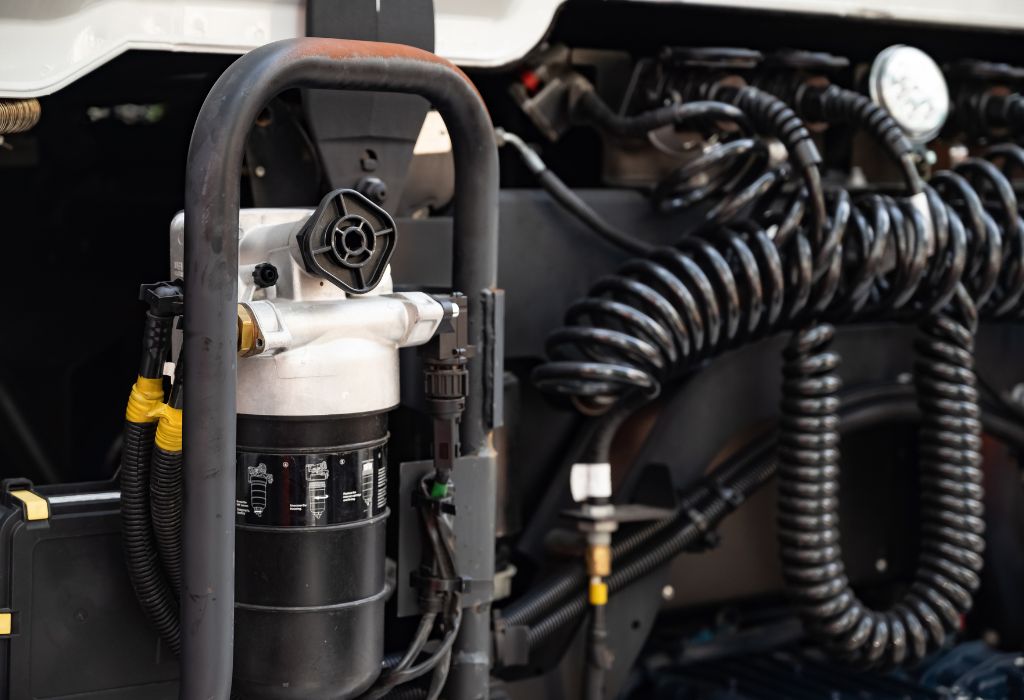
Routine care keeps your RV pump responsive. Flushing the system before each trip helps remove air and debris. Cleaning filters regularly ensures steady flow.
Maintain water tanks at least one-third full to avoid sucking air. Periodically tighten hose clamps and connections to prevent leaks.
If your pump is aging, consider upgrading to a newer model with quieter operation and faster response times. Investing in a reliable unit ensures smoother travel.
How often should I clean filters?
At least once per season, more in dusty areas.
Do water additives help pumps?
Yes, they reduce buildup and prolong component life.
Should I winterize the pump?
Yes, freezing water damages diaphragms and seals.
Is upgrading worth it?
If your pump is over 7 years old, yes.
Conclusion
An RV water pump should normally build pressure within 3 to 5 seconds. Delays beyond that suggest maintenance needs or system issues. By checking tank levels, connections, filters, and voltage, you can quickly identify the cause.
Consistent pressure is crucial for comfort and convenience on the road. With regular care and timely upgrades, your RV water system will remain dependable for years of travel.
I’m David R. Coleman, the founder, lead writer, and lifelong tool enthusiast behind GarageToolPro.com. With years of experience in automotive repair, woodworking, and home DIY projects, I created this platform to share practical tips, detailed tool reviews, and step-by-step guides that help mechanics, hobbyists, and homeowners get the job done right the first time.

